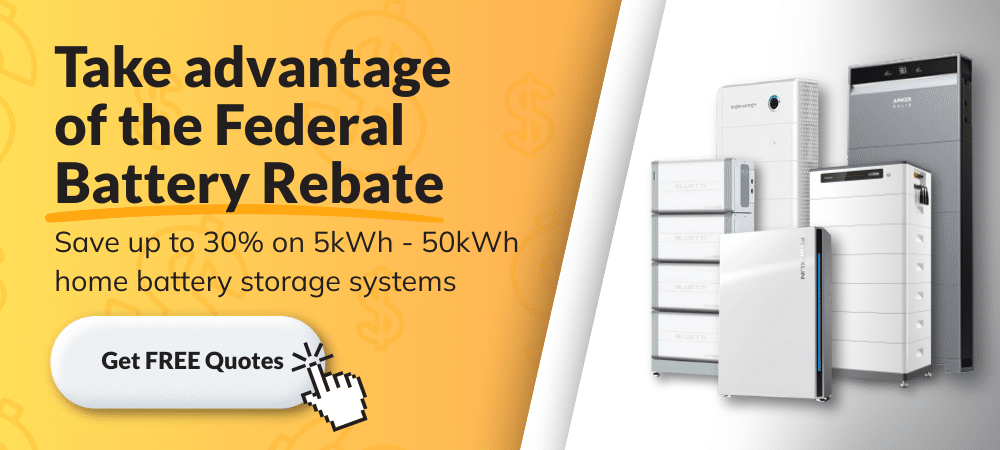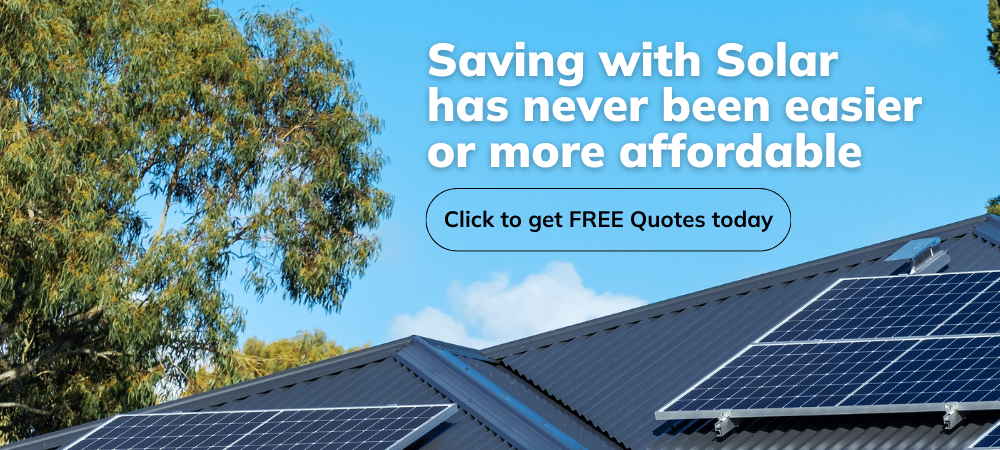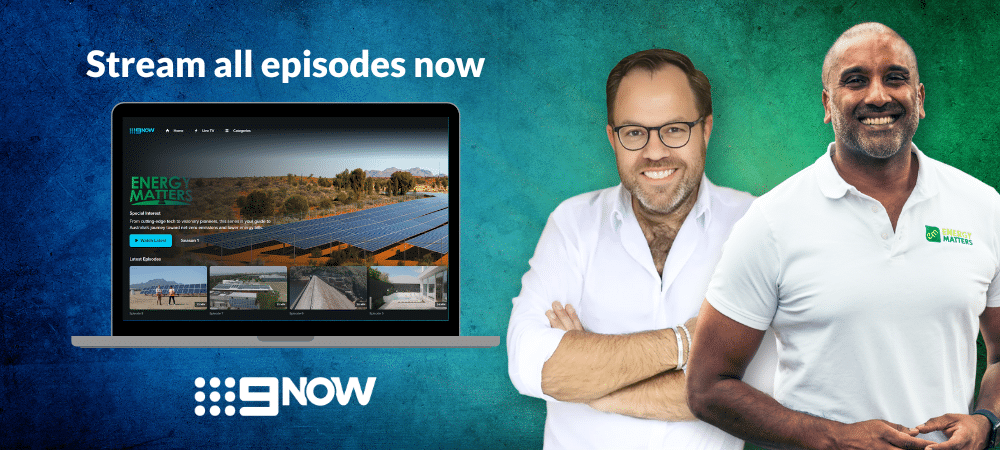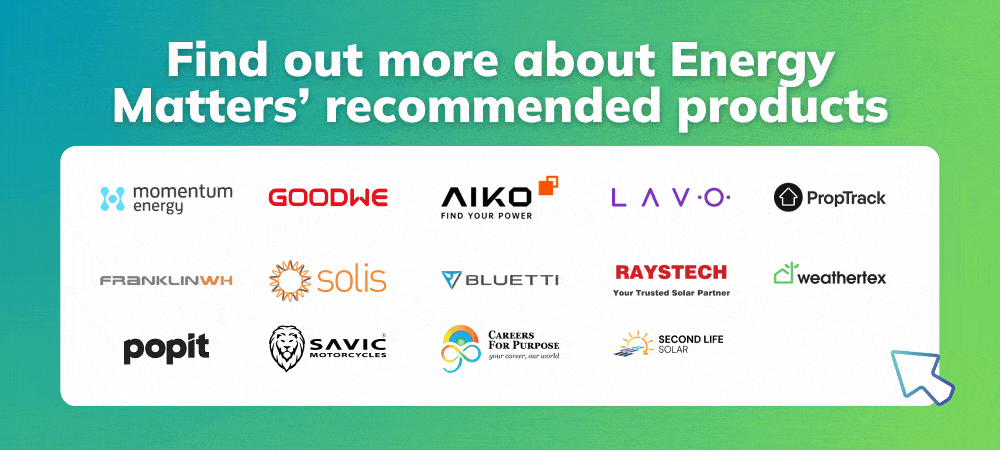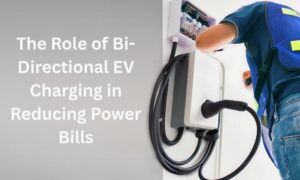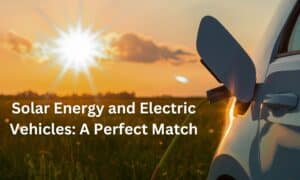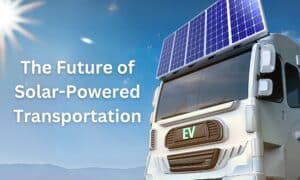Updated on 04 February 2025
Electric Vehicles (EVs) are cruising onto roads in increasing numbers, and with them comes the need for a solid network of charging stations. In this post, we’ll explore the current state of public charging infrastructure and help you choose the perfect home EV charger for your needs.
Understanding your charging needs
Before diving into specific charger models, it’s essential to understand your key considerations when choosing an EV charger:
- Compatibility: Ensure the charger is compatible with your EV’s charging capacity and connector type.
- Charging speed: Consider the charger’s output power to determine how quickly it can charge your vehicle.
- Installation: Some chargers may require professional installation, especially if they need a dedicated circuit.
- Smart features: App integration, scheduling, and energy monitoring can enhance the charging experience.
- Cost: Compare the charger’s price, installation, and ongoing subscription fees.
- Future-proofing: Consider chargers that can be upgraded or expanded to accommodate faster charging speeds or additional EVs.
- Warranty and support: A robust warranty and reliable customer support can provide peace of mind.
Types of EV chargers
EV chargers are broadly classified into the following categories:
- Level 1 chargers: These are basic chargers that plug into a standard household power outlet (10A or 15A). They are the slowest charging option but are convenient for occasional top-ups.
- Level 2 chargers: These chargers require a dedicated circuit and offer significantly faster charging speeds than Level 1 chargers. They are typically installed at homes or workplaces.
- Level 3/DC fast chargers: These are the fastest charging options, capable of delivering high power output to rapidly charge EV batteries. They are typically found at public charging stations.
The state of EV charging in Australia
EV owners in Australia will likely see 2024 and 2025 as a good year, as it is shaping up to be a year of significant progress in charging infrastructure. Compared to 2023 and half of 2024, more public fast-charging sites are being built.
However, the question arises: is a home EV charger still a worthwhile investment with this growing network of public options? Absolutely!
Owning a home charger provides unparalleled convenience. You can top up your EV at your own pace, even overnight, to take advantage of off-peak electricity rates and potentially utilise solar power for an even more sustainable charge. As EV charger affordability improves, the combination of public and private charging infrastructure becomes even more enticing for potential EV owners.
Top EV chargers for your home in 2025
Features | Tesla Gen 3 Wall Connector | Wallbox Pulsar Max | myenergi Zappi | FIMER Flexa AC Wallbox | Fronius Wattpilot | GoodWe HCA Series |
Phase | Single/Three | Single/Three | Single/Three | Single/Three | Single/Three | Single/Three |
Rated Power | Up to 22 kW | Up to 22 kW | Up to 22 kW | Up to 22 kW | Up to 22 kW | Up to 22 kW |
Cable Length | 7.3 meters | 5 meters | 6.5 meters | 5 meters | 5 meters | 6 meters |
Charging Modes | Standard | Standard | ECO, ECO+, FAST | Varies by model | Eco, Next Trip | Standard |
Internet Connection | Wi-Fi | Wi-Fi, Bluetooth | 5 meters | Optional | Wi-Fi | Wi-Fi |
Warranty | 4 years | 3 years | 2 years | 2 years | 2 years | 2 years |
Price approx. (AUD, excl. installation) | $750 – $1500 | $700 -$1,350 | From $1,200 | From $1,400 | From $1,800 | From $850 |
Tesla Wall Connector
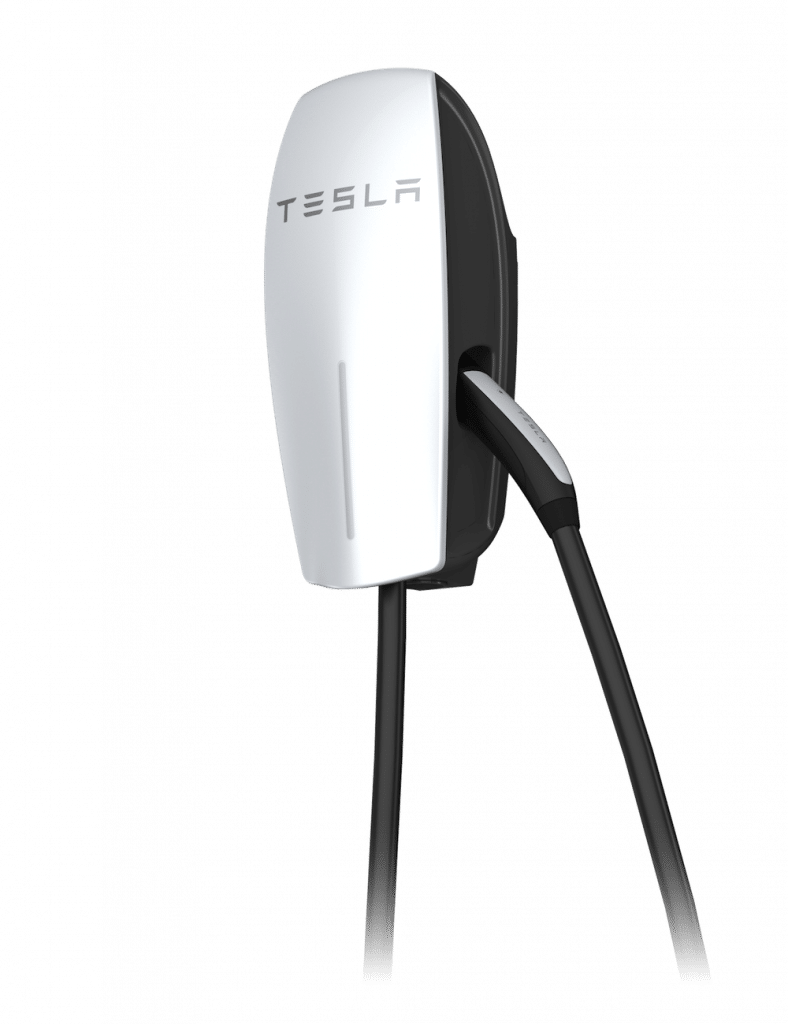
One of the best EV chargers today is the Tesla Wall Connector. It can add up to 71km of range per hour of charging and has a 7.3m cable. The Tesla Wall Connector is highly compatible, as it can be installed in homes, apartments, hospitality buildings, and workplaces.
It is designed to charge EVs with up to 22 kW of power, whether you live in a single-phase or three-phase home. You can choose from two charging modes: fast or scheduled. However, it doesn’t come with a display. The warranty for the Tesla Wall Connector is four years.
Wallbox Pulsar Max

The Wallbox Pulsar Max is a compact yet powerful charger with smart charging capabilities. It features Wi-Fi and Bluetooth connectivity, allowing users to control and monitor charging sessions via a mobile app. The charger supports dynamic load balancing and is compatible with all EVs. Its sleek design and customisable colour options make it popular among homeowners.
MyEnergi Zappi
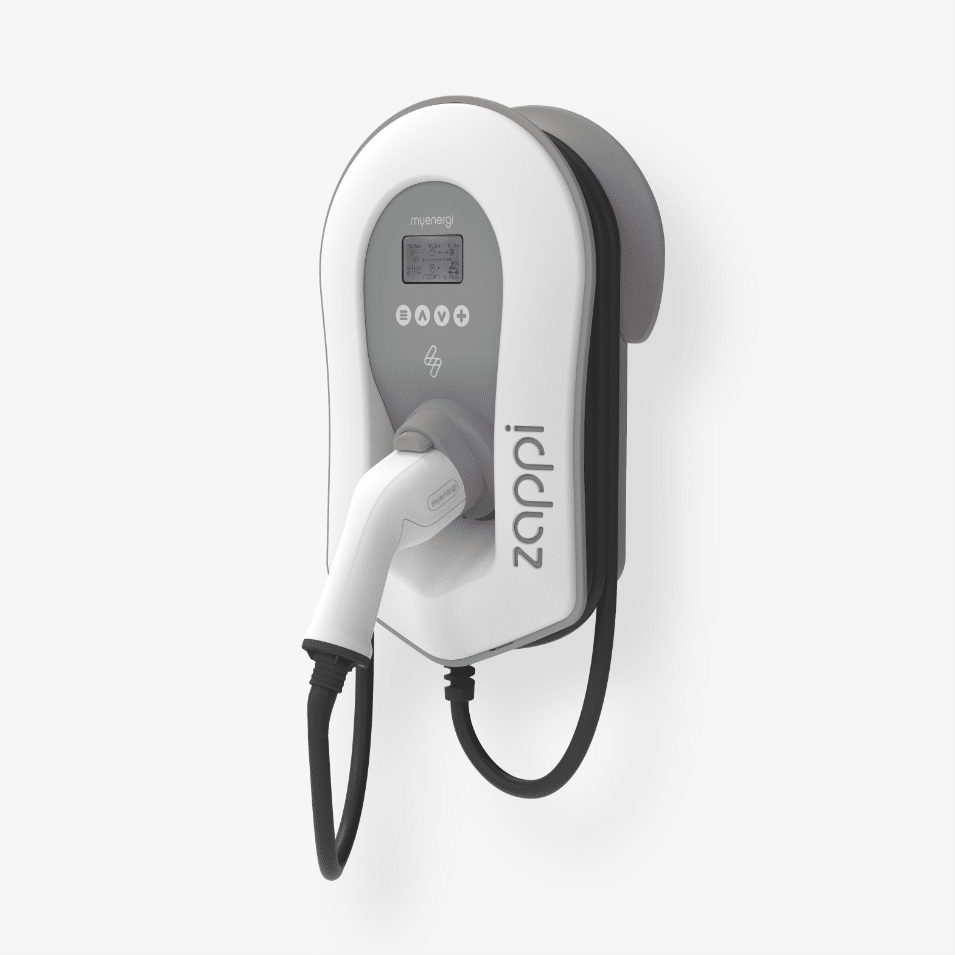
Made in the UK, MyEnergi Zappi is a simple-to-use EV charging unit available in a 7kW single-phase or 22 kW three-phase with three modes of home charging: Eco, Eco+, and fast. It provides between 40 to 100 kilometres of range per hour of charge. Its modular construction gives users plenty of large flat areas to use. It is also compatible with every EV, PHEV and e-Bike currently available on the Australian and New Zealand market.
Zappi can still operate like an ordinary EV charging point for those with no solar system, which it will import from the grid. Its standard support is OCCP, which means users can connect to an OCPP-compatible platform to control and manage the charging experience.
FIMER Flexa AC Wallbox
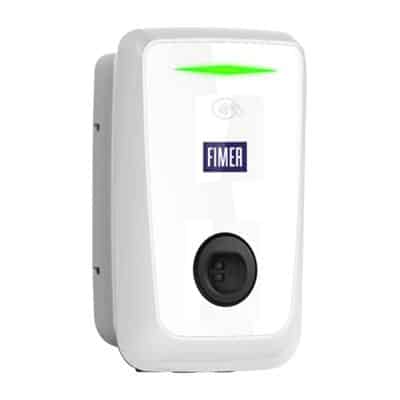
The FIMER Flexa AC Wallbox is available in a 7.4kW single-phase and 22 kW three-phase model. Users can choose from stand-alone, future net, or inverter net models. Designed and manufactured in Italy, it is built strong with IP54 and IK08 protection. It’s backed by SuperCap, which ensures a reliable and competitive solution to end the transaction and release the cable in case of a blackout.
Users can monitor it via Bluetooth using the dedicated myFIMERCharger app, which offers different levels of personalisation to meet customer needs.
Fronius Wattpilot
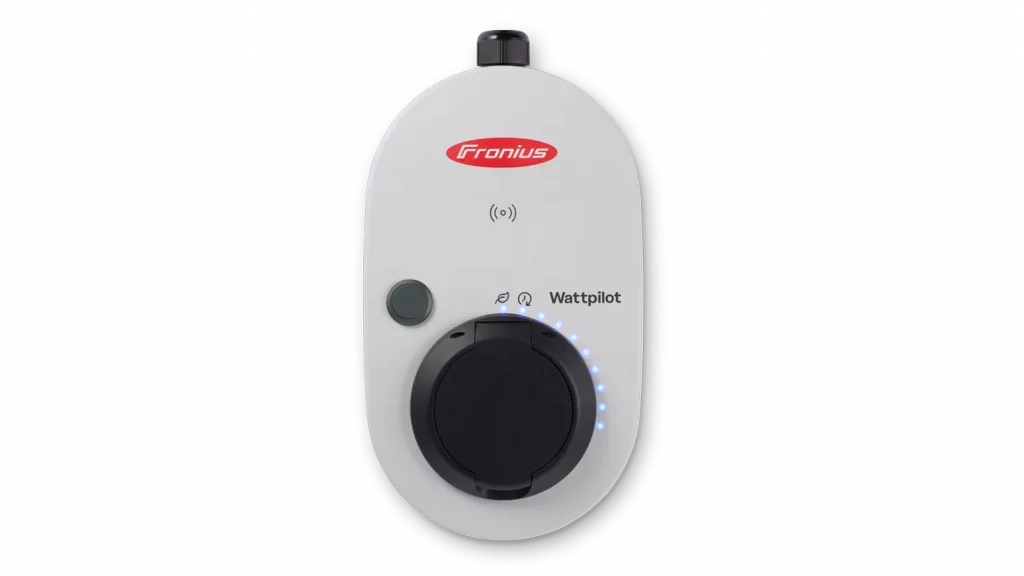
The Fronius Wattpilot is a transportable solution for maximum flexibility and is designed for convenience and portability. It comes in two versions and power categories: Home with fitted chargers 11 kW and 22 kW and Go with 22 kW power output. Whichever, users can charge their EVs via Eco mode or Next trip mode, which can be selected on the EV charger or through the Fronius solar. Watt pilot app.
It also has dynamic load balancing in which the amount of self-generated solar power available from the PV system and the maximum household load connected to the grid is used optimally. Users can charge up to three EVs at the same time.
GoodWe HCA Series
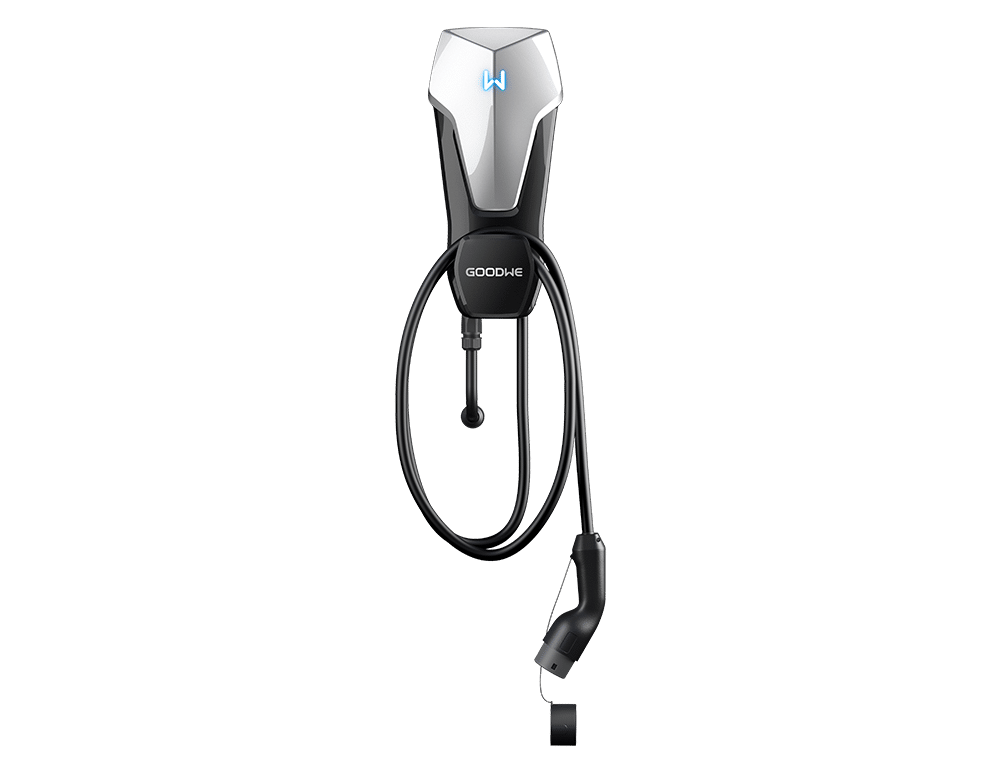
The GoodWe HCA Series is available in 7 kW single-phase and 11/22 kW three-phase models. Designed with user-friendliness in mind, the HCA series can be wall—or pole-mounted and is IP66 protected against all weather conditions. Its SEMS monitoring platform integrates with the HCA charger, providing remote control and real-time data on charging sessions, energy consumption, and solar power generation.
Users don’t have to worry about space constraints as it can adapt to installation options. Plus, its compact and lightweight design makes installation and maintenance hassle-free.
Powering the future: Choosing the perfect EV charger for your lifestyle
EVs are well underway in Australia, fueled by a rapidly expanding charging infrastructure network. With a significant increase in public fast-charging stations planned for 2025, range anxiety will disappear. However, the convenience and potential cost-effectiveness of owning a home EV charger remain highly attractive.
You can choose the perfect EV charger to fit your lifestyle and charging needs by considering factors like charging speed, compatibility, features, and budget. Whether you opt for a sleek Tesla Wall Connector or a solar-powered Fronius Wattpilot, the future of electric mobility is bright, efficient, and ready to take you wherever you need to go.
Ready to embrace the electric future?
Energy Matters is one of Australia’s most trusted solar quotes due to our high customer satisfaction and industry recommendations.
Contact Energy Matters today to discuss your EV charging needs and let our team of solar experts guide you towards the perfect solution for your home or business!
Complete our quick Solar Quote Quiz to receive up to 3 FREE solar quotes from trusted local installers – it’ll only take you a few minutes and is completely obligation-free.










